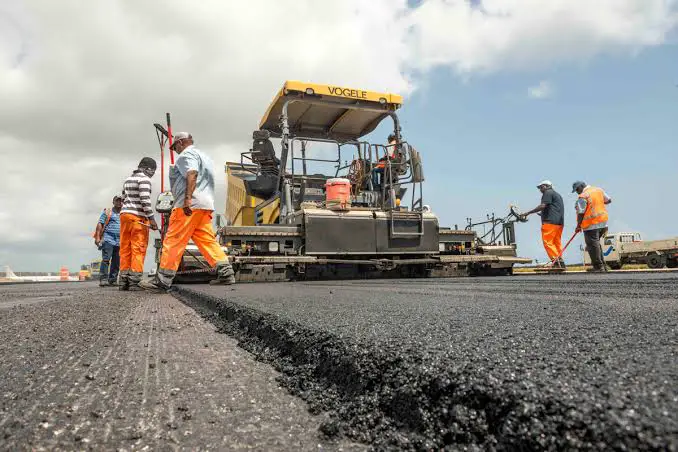Construction of the first phase of the Habela-Cheatat road in Eritrea is in good progress. This is according to Eng. Samson Tesfay, coordinator of the project. He also indicated that, the areas’ rolling mountainous topography is a challenge but already 8% of the construction works have completed within three months of the project launching.
He further added that the modern machinery deployed in the construction are significantly contributing in the implementation of the project and expressed expectation that the 134km new road will be accomplished within two years according to plan.
“Construction of the new road has created employment opportunity to residents of the more than seven villages in the area and with the progress of the project residents of more villages will become beneficiaries,” he added.
Also Read: Uganda seeks US $117m for construction of oil roads
Road classifications in Eritrea
The Eritrean highway system is named according to the road classification. The three levels of classification are: primary (P), secondary (S), and tertiary (T). The lowest level road is tertiary and serves local interests. Typically they are improved earth roads which are occasionally paved. During the wet seasons these roads typically become impassable.
The next higher level road is a secondary road and typically is a single-layered asphalt road that connects district capitals together and those to the regional capitals. Roads that are considered primary roads are those that are fully asphalted (throughout their entire length) and in general they carry traffic between all the major cities and towns in Eritrea.
The Habela-Cheatat is expected to be of high standard and it will shorten the existing Asmara-Akordet road by 20km and that will have strategic economic importance.

